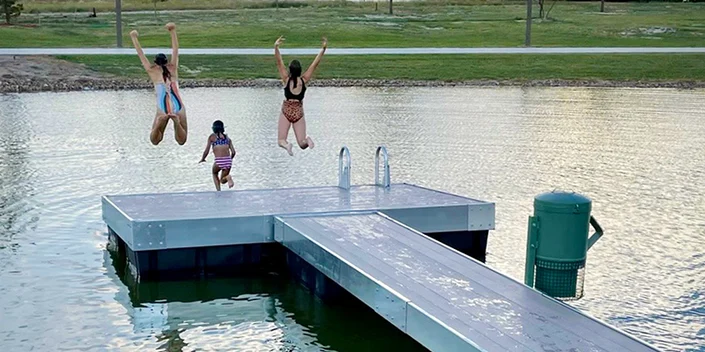Mastering kayak paddling techniques is essential for anyone looking to enjoy smooth and efficient kayaking, whether on lakes or rivers. These bodies of water present unique challenges, and having the right paddling skills not only enhances the experience but also ensures safety and control. The first key to effective paddling is developing a proper grip on the paddle. Holding the paddle too tightly can lead to fatigue, while a loose grip may reduce control. The ideal grip allows for flexibility, where the hands are positioned shoulder-width apart, allowing the paddle to rotate slightly within the hands as each stroke is executed. This technique helps to conserve energy while providing adequate power to propel the kayak forward. Next, learning the forward stroke is crucial for moving efficiently. The stroke begins by dipping the paddle blade into the water near the toes and pulling it back in a smooth motion, finishing around the hips.

Both arms should be involved, but much of the power comes from rotating the torso rather than relying solely on arm strength. This technique engages larger muscle groups, reducing strain on the arms and shoulders while improving endurance over long distances. Practicing smooth, even strokes helps to maintain speed and balance. When kayaking on lakes, where the water is generally calm, it is easier to maintain a steady rhythm and experiment with stroke techniques. Kayakers should aim for consistency, focusing on maintaining forward momentum without unnecessary splashing or erratic movements. Lakes provide an excellent environment to work on perfecting the forward stroke, and other maneuvers like turning and stopping. In contrast, rivers often present different challenges, such as varying currents and obstacles like rocks or fallen branches. In these conditions, mastering the sweep stroke is essential for turning the hiseadock kayak quickly and smoothly.
The sweep stroke is performed by extending the paddle outwards and making a wide, circular motion on one side of the lake kayak. This stroke helps navigate tight turns and avoid obstacles without losing momentum. Additionally, learning to read the river and anticipate changes in current is an important skill that comes with experience. For both lake and river kayaking, mastering the reverse stroke is equally important. This stroke helps to slow down or stop the kayak quickly, which is particularly useful when avoiding obstacles or adjusting direction. Similar to the forward stroke, the reverse stroke involves pushing the paddle blade into the water near the hips and pulling it towards the feet, again using torso rotation for power. In summary, becoming proficient in kayak paddling techniques requires practice and patience. Whether paddling on a serene lake or navigating the flowing waters of a river, the key is to develop a balance between control, power, and endurance.





